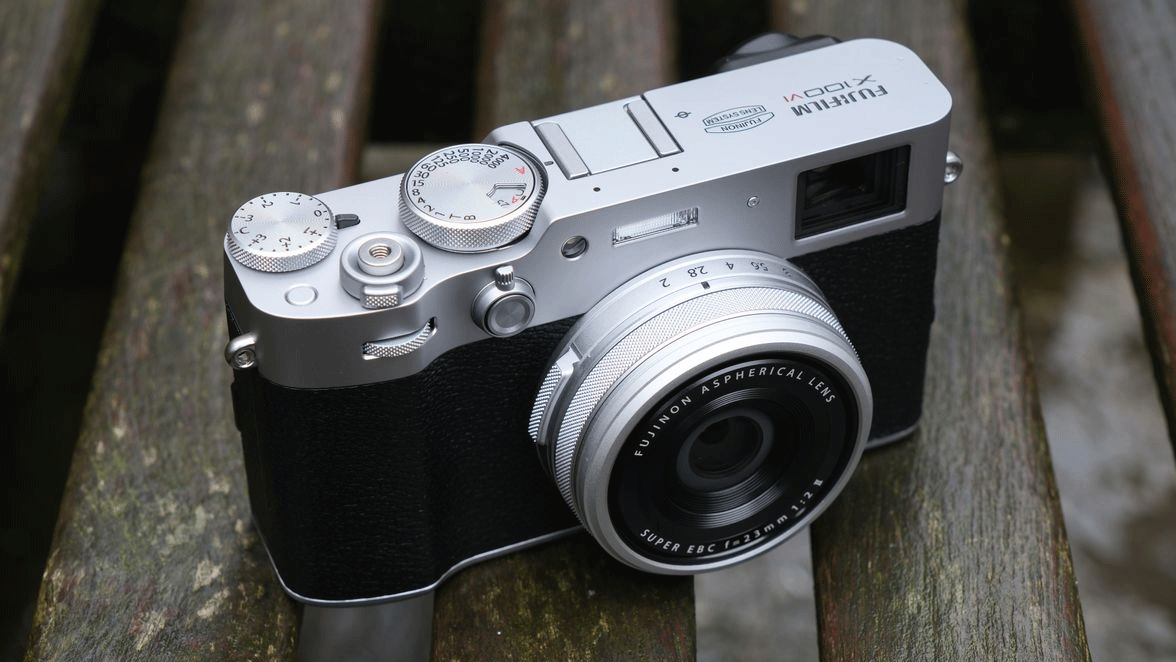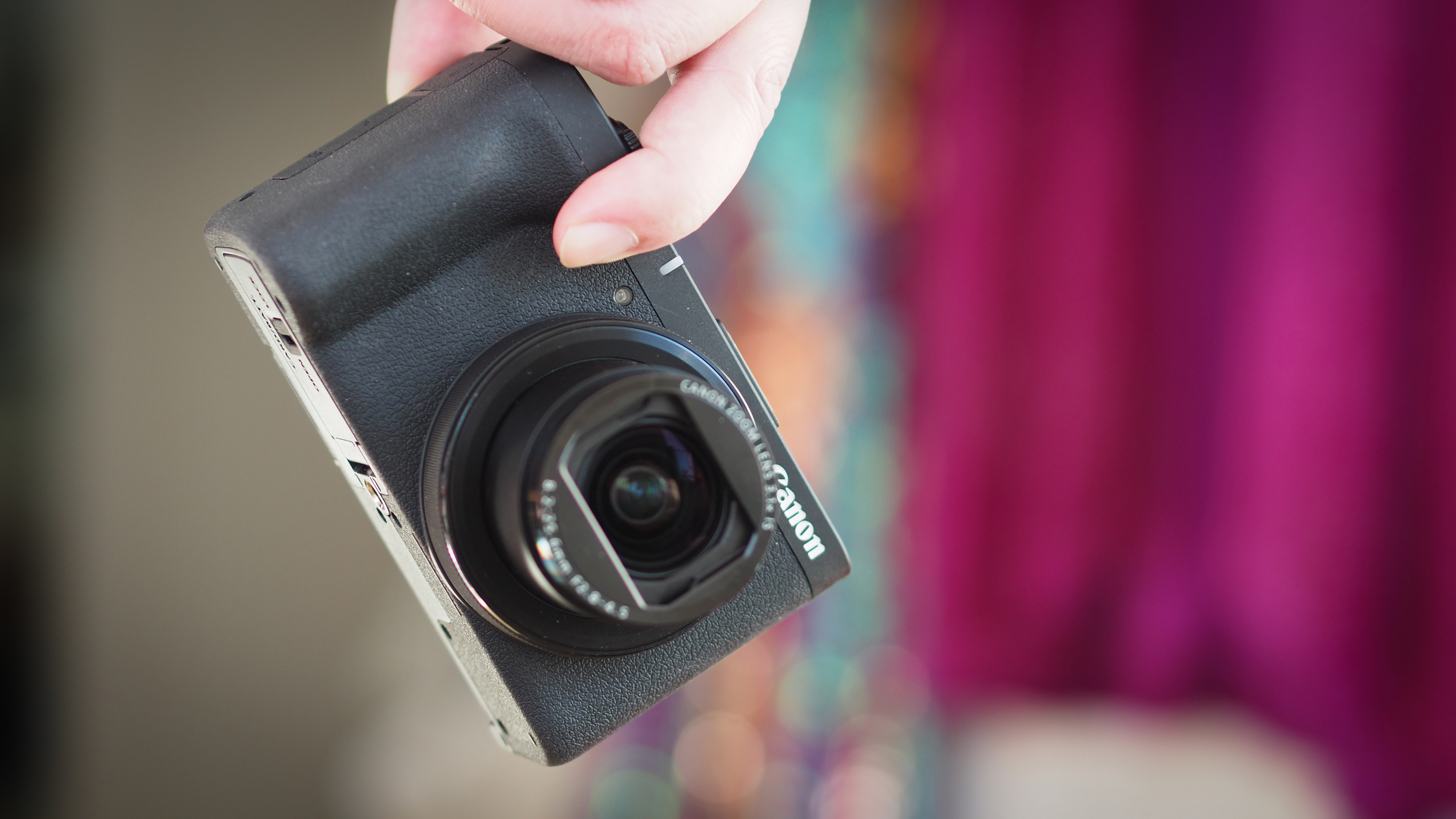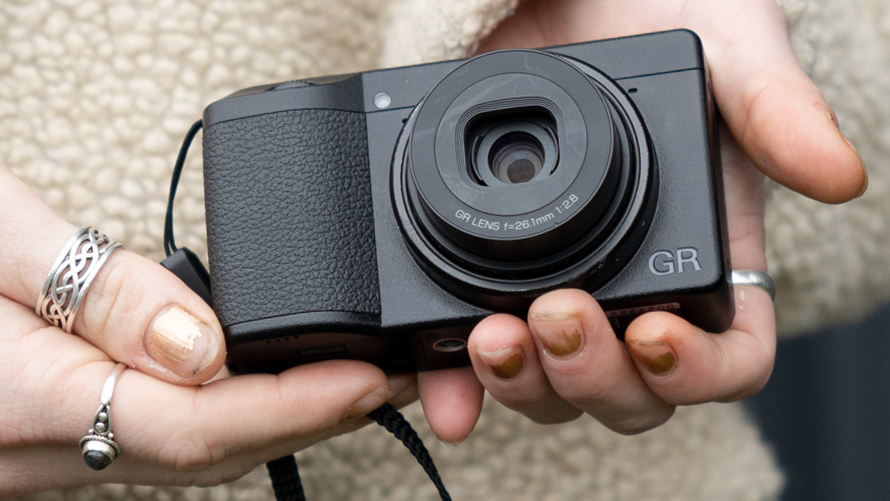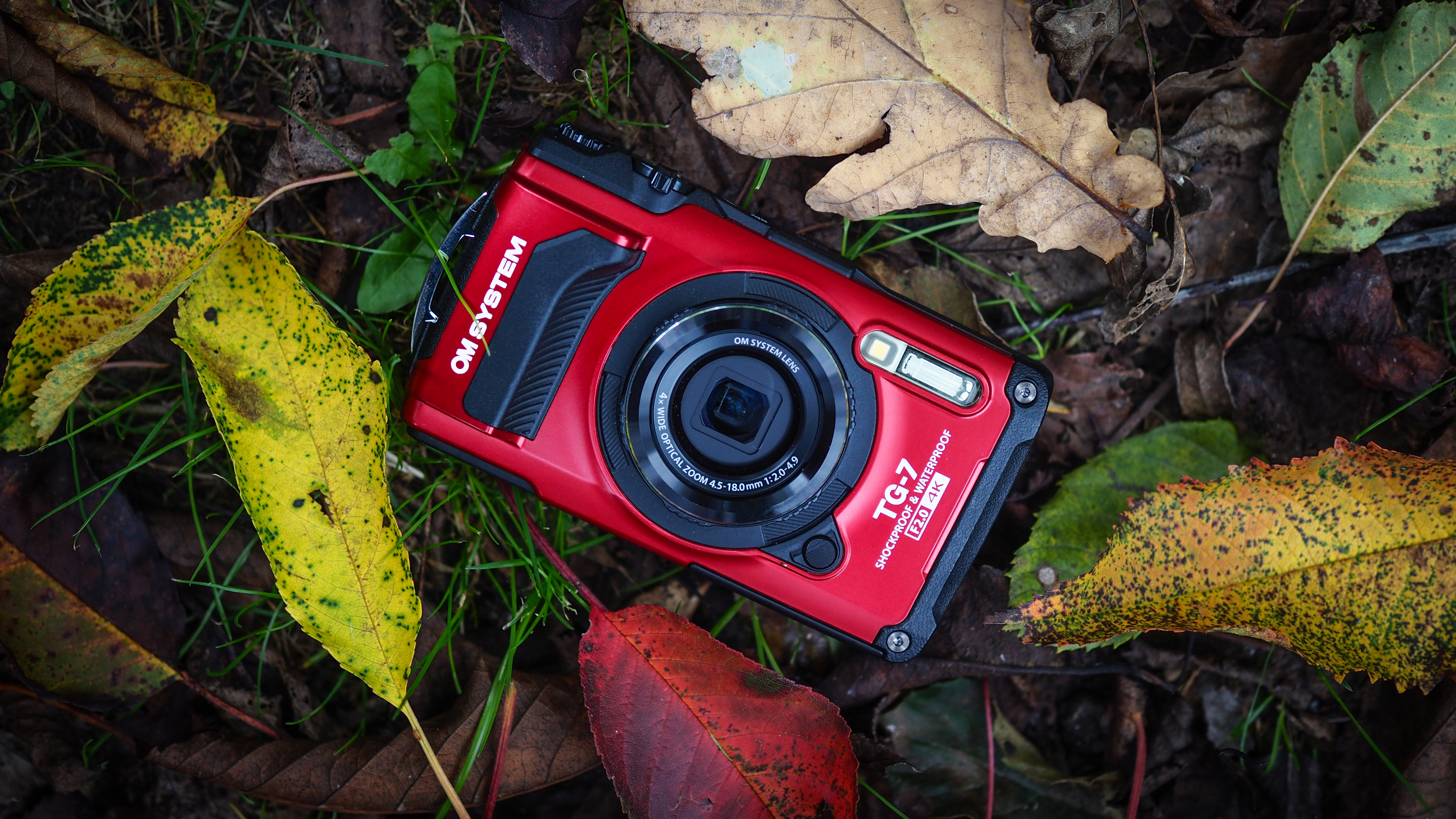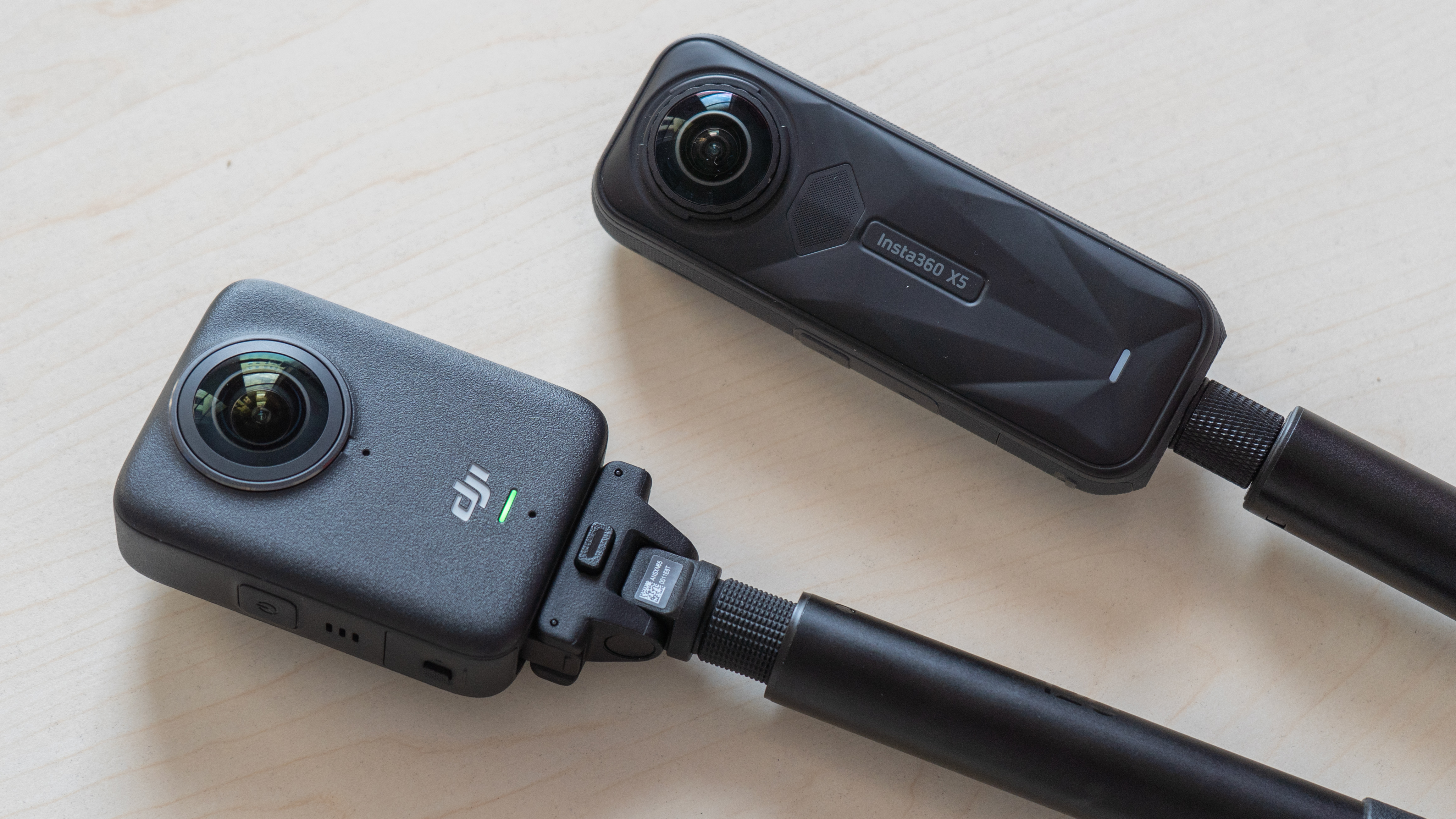I’m not surprised 25% of you said compact cameras are your favorite type of camera to buy next. Here are my five top picks to consider
My recent poll revealed 25% of you can’t get enough of compact cameras, and with good reason! I think these are the cream of the compact crop
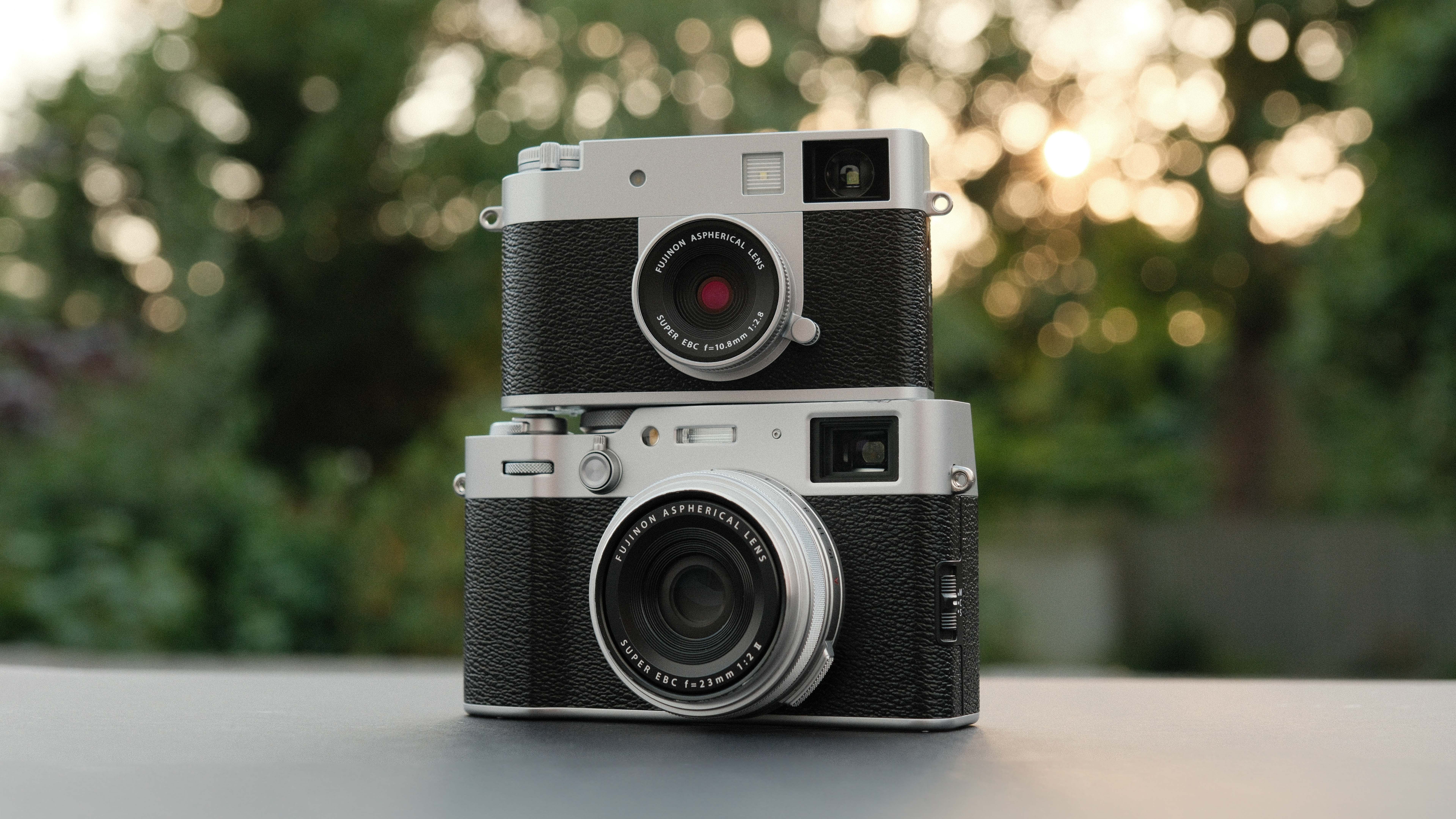
In a recent poll here on Digital Camera World, 25% of you who entered said compact cameras were your favorite type of camera. This isn’t exactly surprising given the compact camera boom that’s shown no signs of slowing down over the past few years, but as somebody who’s in the market for a compact camera and with over three days of Amazon Prime camera deals still to come, I thought I’d share the five compact cameras I’d be interesting in buying right now.
I’ve also added another poll at the bottom of this article with all of the choices below, so you can vote for your favorite in my lineup. I was sorely tempted to include the soon-to-be-delivered Fujifilm X-E5 as a bit of a joker card, since it’s almost physically identical to the Fujifilm X100VI and boasts increased versatility thanks to its interchangeable-lens system. However, it’s not strictly a compact camera, so I’ve decided it won’t make the cut. True, fixed-lens compacts only. Let’s get into it!
Fujifilm X100VI
Let’s get the obvious one out of the way first. There’s a reason why Fujifilm X100VI stock has been difficult to find ever since the camera’s release at the beginning of 2024 – it’s quite possibly the most sought-after camera on the market. Not only is it devilishly good-looking, but it’s extremely powerful for a compact, too. It’s built around a 40.2-megapixel X-Trans sensor, which is an APS-C back-side illuminated CMOS sensor.
It has an equivalent 35mm f/2 fixed lens, ideal for everyday photography. It can deliver up to six stops of in-body image stabilization. Can shoot 4K / 60p and 6K / 30p. And of course, comes preloaded with all of those lovely Fujifilm Film Simulations. Now, it is rather expensive for a compact, but then again, it is packing high-end X-Series tech. It’s also on the larger side for a compact camera, but for some, that’s a plus point.
Canon PowerShot V1
I was finding it hard to decide whether I was going to include the Sony Z-V1 II here or not, but ultimately plumped for the new Canon PowerShot V1. These two cameras don’t just share a similar numbering convention; their specs are rather comparable, too. What ultimately sells the Canon to me is the presence of a headphone port – considering these are both vlogging / video-centric compact cameras, the ability to monitor audio is a big plus – the larger 1.4-inch type sensor, optical image stabilization, and oversampled 4K.
The Canon PowerShot V1 is chunky for a compact, but that’s because Canon isn’t taking any chances when it comes to overheating with the addition of a cooling fan. On test, my colleague James Artaius did everything he could to make it overheat, and the camera stood firm. The V1 is a video-centric camera at its core, with a built-in three-stop ND filter and microphone with wind muff, but it’s also a capable stills camera, making it a good do-it-all option for compact content creators.
Ricoh GR IIIx
I got to have a play around with the Ricoh GR IIIx for the first time a few weeks ago, when a colleague of mine brought theirs in. Full disclosure, I’ve never been that bothered by Ricoh cameras. I actually thought they looked a little boring, and yet, it’s one of those brands where owners absolutely swear by it. Well, I’m pleased to report that as soon as I picked the GR IIIx up for the first time, I finally got it. What a beautifully solid, well-made, and good-looking little camera the GR IIIx really is.
The best camera deals, reviews, product advice, and unmissable photography news, direct to your inbox!
Product imagery cannot do it justice. The Ricoh GR IIIx is part of the GR III line, which also includes the Ricoh GR III, and more recently, the Ricoh GR III HDF and Ricoh GR IIIx HDF. I’m just going to talk about the GR IIIx to avoid confusion, but they’re all very similarly specced cameras. The GR IIIx is built around a 24-MP APS-C CMOS sensor, boasts up to four stops of IBIS, and a versatile equivalent focal length of 40mm f/2.8.
With only full HD video to speak of, it’s certainly not the camera for video enthusiasts, and its three-inch rear LCD touchscreen is fixed in place. Unusually for a compact, it doesn’t feature a full automatic mode, with just manual, program or priority modes. The Ricoh GR IIIx isn’t an all-singing, all-dancing powerhouse like the X100VI, it’s a camera in the purest form. It strips back the noise and it provides a premium body that exists only to capture high-quality photos. It’s not for everyone, but if you get it, you get it.
OM System Tough TG-7
If Chuck Norris were a camera, he’d be the OM System Tough TG-7. These little blighters are made to withstand whatever you can throw at them. They’re waterproof, shockproof and freezeproof. Heck, the only thing I’d bet against a Tough camera weathering would be a Chuck Norris roundhouse kick.
In all seriousness, the TG-7’s spec isn’t going to blow anyone’s mind, but that’s not what this rugged compact camera is about. It has a 12-MP 1/2.33'' CMOS sensor, can shoot RAW images and delivers 4K / 30p, electronically stabilized video. If you’re wondering why you’d opt for this camera over your iPhone, I don’t blame you, but if you’re an adrenaline junkie, stick around.
The Tough TG-7 isn’t just water resistant, it’s waterproof down to 50 feet. I had the pleasure of taking the older TG-5 snorkelling and I didn’t have a care in the world (beyond avoiding the odd moray eel…). It’s freezeproof down to -10 degrees, shockproof from seven feet, and crushproof up to 220 pounds. It also has a GPS, which can record such action-adventure stats as altitude and temperature. Best of all, it’s the cheapest camera on this list and can frequently be found under its MSRP of £499 / $549 / AU$799.
Fujifilm X Half
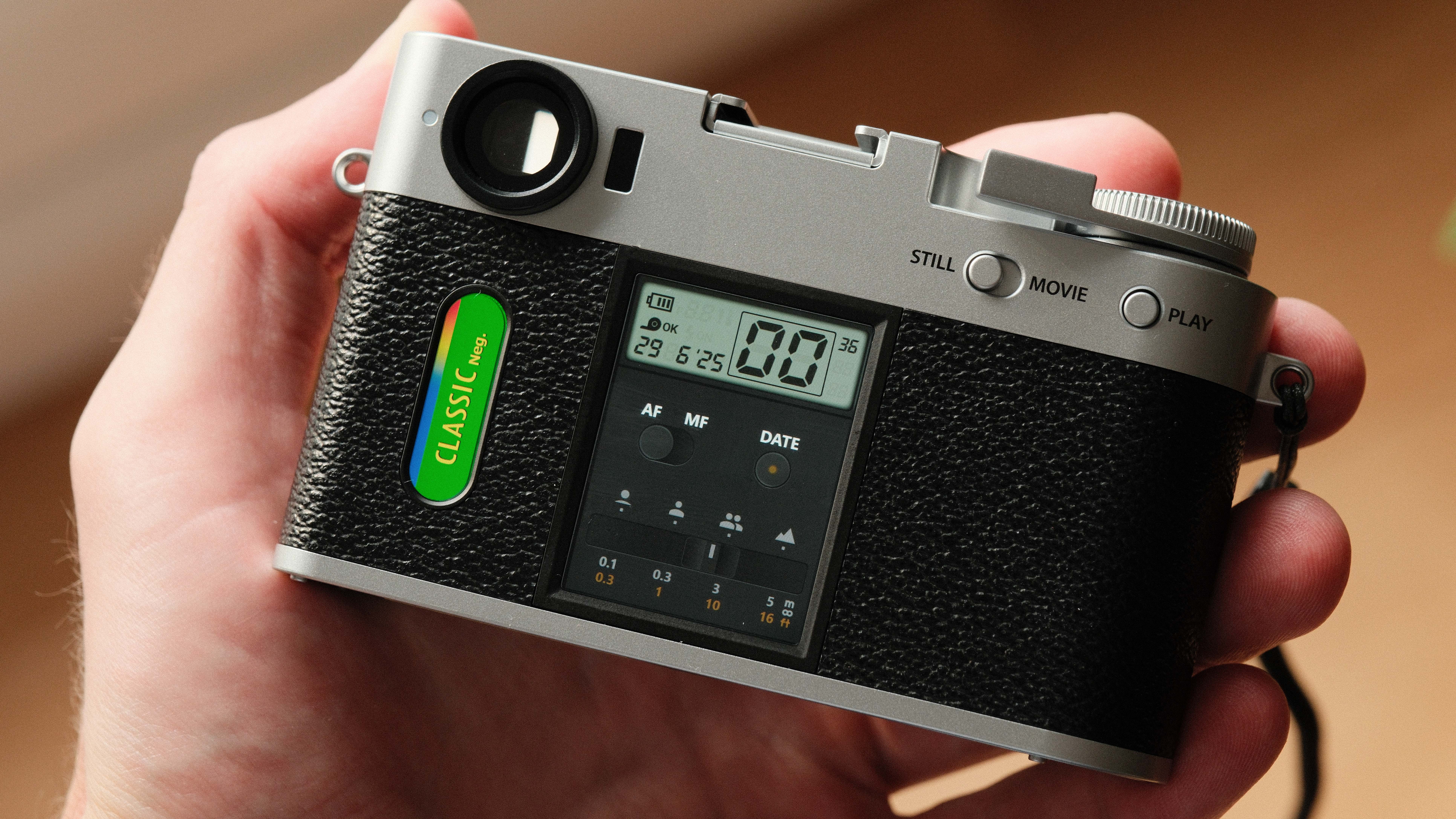
I don’t think the Fujifilm X Half is the camera for you if you’re on the fence about which compact camera to buy. You see, it’s so unique, with its vertical half-frame sensor and Film Camera mode – which simulates the operation of a classic film camera – it stands worlds apart from your classic compacts. If its charming quirks speak to you, it’s a no-brainer, if you’re unsure, you’re probably better off opting for a more conventional compact like the Fujifilm X100VI.
I got to play with an X Half very recently and I knew within moments that it wasn’t the camera for me. But that’s okay! The Fujifilm X Half is built to appeal to a whole new demographic and I love Fuji all the more for it. In a world where camera phones are the go-to photography device for the masses, the X Half, just like Fujifilm's Instax range of instant cameras, might just be inspiring the photographers of the future. It's also one of the cheaper options on my list, with an MSRP of $849 / £699 / AU$1,349.
You might also like...
Even pros love compacts! I’m a pro photographer, but I used this compact camera more than my mirrorless on my last vacation. Here's why if I had to choose a new compact camera, the Ricoh GR IIIx gets my vote! And it's a long shot, but I wouldn’t buy a compact camera without considering the Nikon Zf first.

Mike studied photography at college, honing his Adobe Photoshop skills and learning to work in the studio and darkroom. After a few years writing for various publications, he headed to the ‘Big Smoke’ to work on Wex Photo Video’s award-winning content team, before transitioning back to print as Technique Editor (later Deputy Editor) on N-Photo: The Nikon Magazine.
With bylines in Digital Camera, PhotoPlus: The Canon Magazine, Practical Photography, Digital Photographer, iMore, and TechRadar, he’s a fountain of photography and consumer tech knowledge, making him a top tutor for techniques on cameras, lenses, tripods, filters, and more. His expertise extends to everything from portraits and landscapes to abstracts and architecture to wildlife and, yes, fast things going around race tracks...
You must confirm your public display name before commenting
Please logout and then login again, you will then be prompted to enter your display name.
